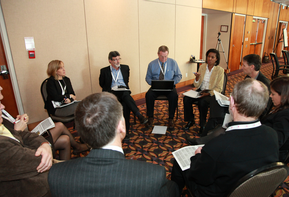 C21 Canada is pleased to present Shifting Minds 2.0, framework for 21st Century learning in Canada. The document in its entirety can be downloaded here. Over the next few weeks we will present a series of blogs that introduce the key elements of Shifting Minds. This blog focuses on the nature of 21st Century models of learning and innovation and the principles that underlie this relevant and engaging learning framework for Canada.
C21 Canada is pleased to present Shifting Minds 2.0, framework for 21st Century learning in Canada. The document in its entirety can be downloaded here. Over the next few weeks we will present a series of blogs that introduce the key elements of Shifting Minds. This blog focuses on the nature of 21st Century models of learning and innovation and the principles that underlie this relevant and engaging learning framework for Canada.
To begin, it is important to state that 21st Century learning is applicable to public and private sectors of education, and to Aboriginal band schools located on reserve.
This is the knowledge and digital era, characterized rapidly shifting economic and social landscapes and the need for highly skilled, innovative and creative people. While digital technologies have touched on and transformed virtually every facet of the economy and society in general, most education systems remain rooted in the agrarian and industrial education models of past generations.
The OECD, EU, UNESCO and many global learning experts are citing the need for highly skilled people to meet the demands of this new era. A report recently released by the OECD re-emphasizes the need for highly skilled people to position people and societies for success (see: http://www.keepeek.com/Digital-Asset-Management/oecd/education/better-skills-better-jobs-better-lives_9789264177338-en)
Global leaders in education and other sectors of society have identified a number of competencies and skills that are now critical for personal and societal success in the knowledge and digital era. These competencies and skills are global in nature, and as such are critical for both Canadians and Canada as a whole. C21 Canada has summarized these competencies in Shifting Minds as follows:
- Creativity, Innovation and Entrepreneurship
- Critical Thinking
- Collaboration
- Communication
- Character
- Culture and Ethical Citizenship
- Computer and Digital Technologies
Each of the above competencies will be explained further in our next blog. However, by way of example two important elements of the competencies are creativity and innovation. In this context creativity means the ability to create something of value, and innovation means the ability to extract economic and social value from knowledge.
At the same time, Canada’s public education systems are witnessing a crisis of disengagement. The results of the Canadian Education Association’s report on student engagement in learning, entitled What Did You Do In School Today http://www.cea-ace.ca/programs-initiatives/wdydist should serve as a clarion call for action from educators, parents and governments. The CEA surveyed over 60,000 Canadian students to obtain their views on the level of their intellectual engagement in school. Less than half of all high school students surveyed reported that they felt intellectually engaged in school.
In the above context, the goal of C21 Canada, as reflected in Shifting Minds, is to witness an accelerated pace of 21st competencies, instructional practices, and digital resources and services being integrated into Canada’s learning systems.
Shifting Minds provides an in depth overview of the nature of 21st Century models of learning. However, in the interest of brevity we will identify four key elements: 1) Relevancy: This means re-designing curriculum to ensure learning outcomes are relevant to positioning student for success in the 21st Century knowledge and digital era; 2) 21C Instructional Practices: This means ensuring teachers are trained in teaching 21st Century competencies and integrating technology with pedagogy; 3) ICT Rich Learning Environments: This means ensuring schools have high quality connectivity capacity and both students and teachers have access to a variety of classroom technologies; and 4) Global: This means students are provided opportunities to connect with the world around them, from a local, regional and international perspective.
The principles underlying 21st Century models of learning and C21 Canada’s Shifting Minds framework are:
Principle 1
All Canadians have a universal right to reach their full learning potential and to have a voice in their learning needs.
Principle 2
The primary focus of Canadian education is to position learners for fulfillment and success in the modern world.
Principle 3
Literacy, numeracy, science, life skills and 21st Century competencies must now be the foundational learning outcomes of Canada’s public education systems.
Principle 4
Instructional, assessment practices and learning environments must be modernized to personalize the learning experience and better engage Canadian students.
Principle 5
Personalized access to teachers highly skilled in 21st Century learning skills and research-based learning environments is a universal right of every Canadian learner.
Principle 6
Public education is a community and societal enterprise where all Canadians share both the responsibility for and benefits of providing high quality and modern learning opportunities.
Principle 7
Canadians must engage in and support their education leaders in offering today’s students – creative, innovative, authentic, dynamic and modern learning experiences and environments.
In schools where 21st Century models of learning have been introduced student engagement, student achievement and teacher satisfaction increase. Most importantly, the students are being positioned for success in a world where the ability to create and use knowledge and connect with the world are the driving forces of success for individuals, companies, governments and virtually every facet of global society.
In Canada we are already witnessing excellent examples of 21st Century models of learning and teaching within our education systems. Unfortunately, these inspiring examples exist only as pockets of innovation when we need a systemic transformation of our education systems.
Shifting Minds is offered as a framework for Canadians to follow in creating 21st models of learning in our education systems. Our next blog will outline in more detail the seven 21st Century competencies identified in Shifting Minds and the rationale for infusing them into education curriculum outcomes for our youth.
Best!
John Kershaw
President
C21 Canada




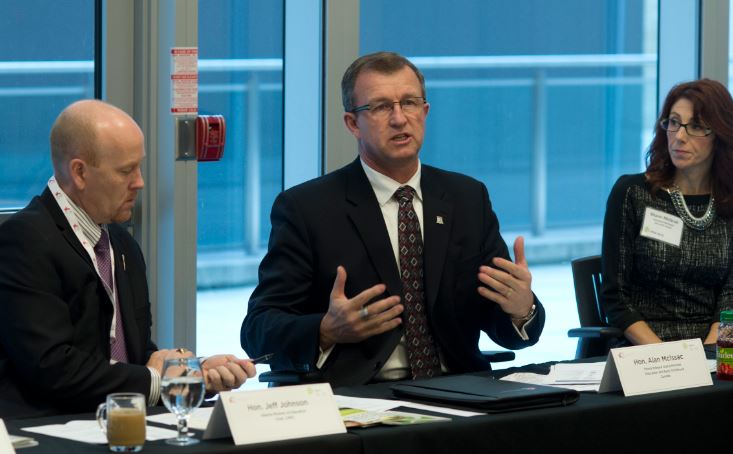
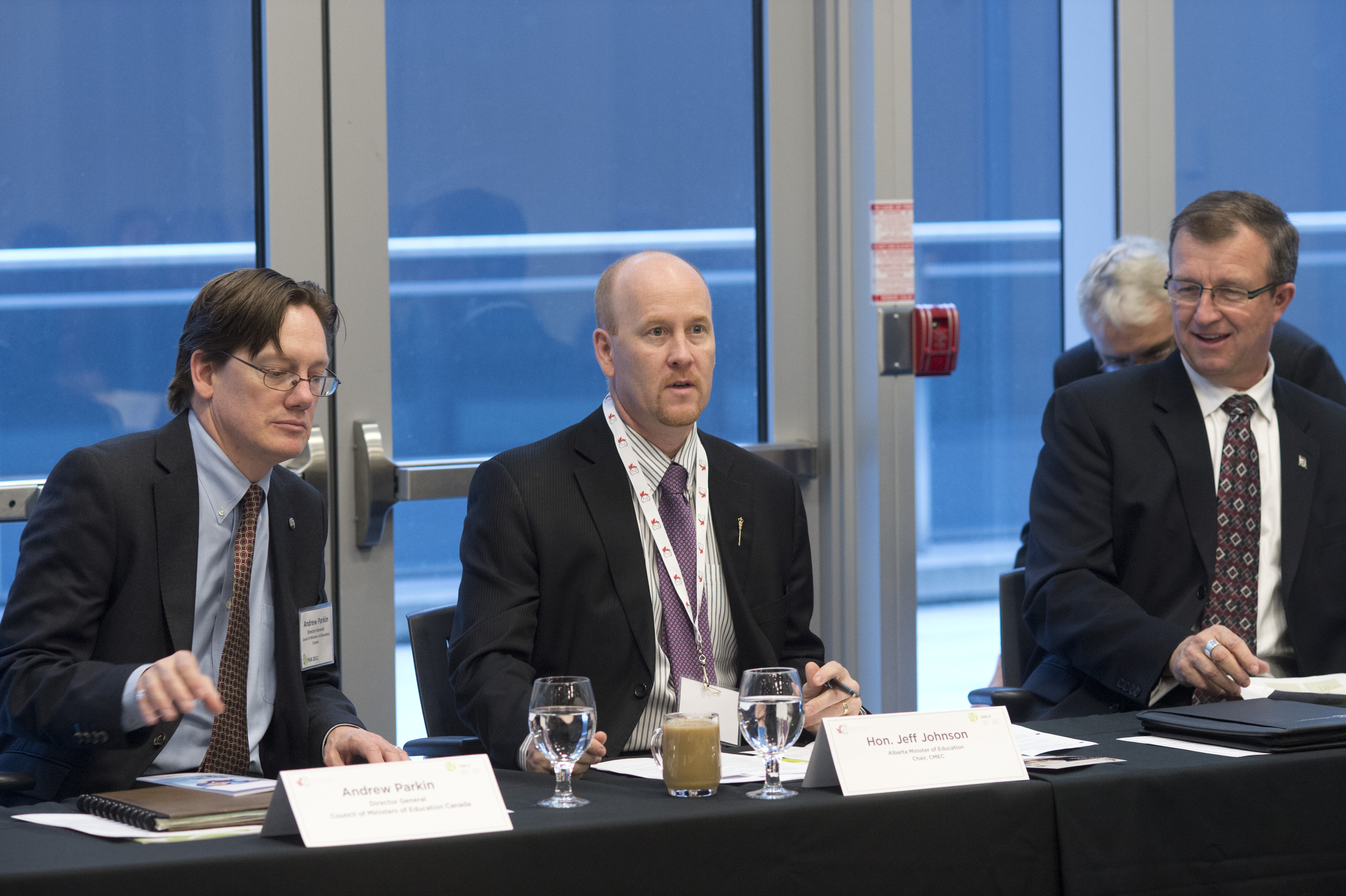
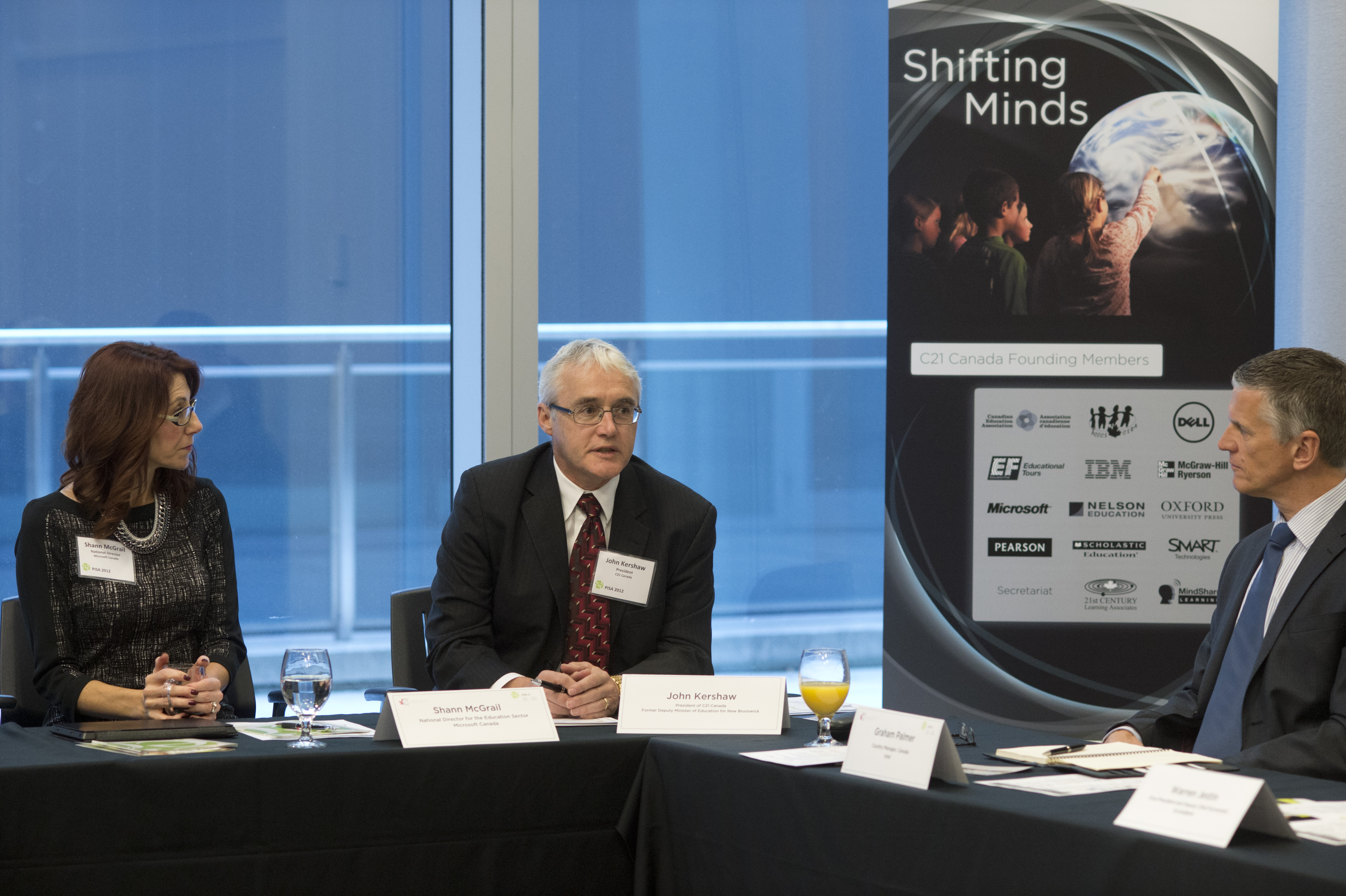


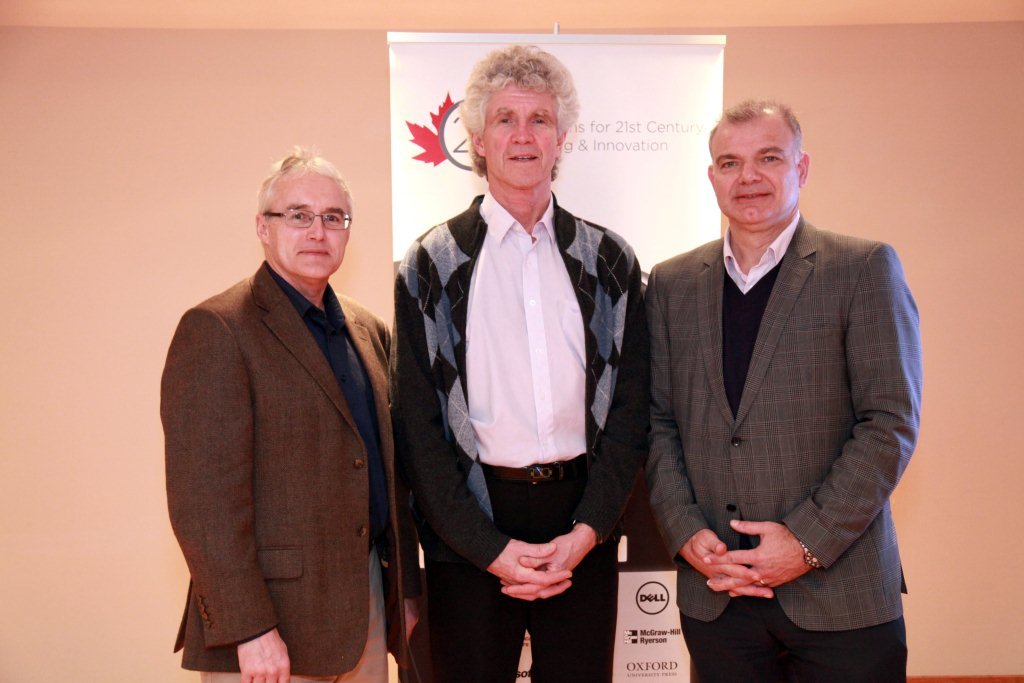
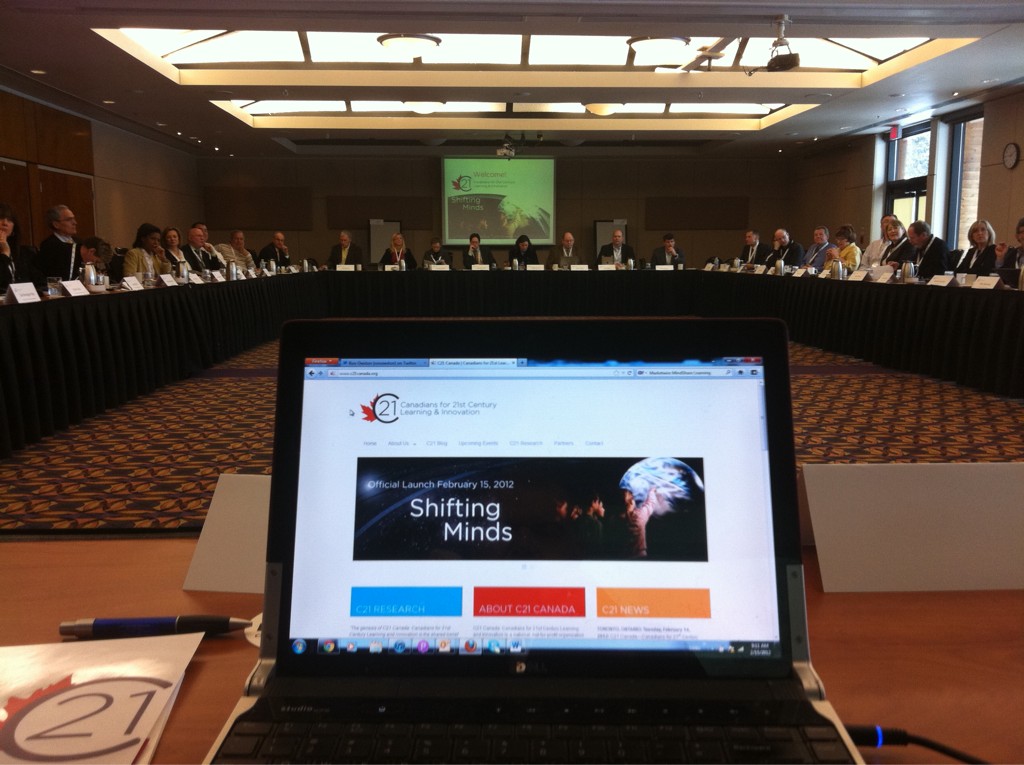
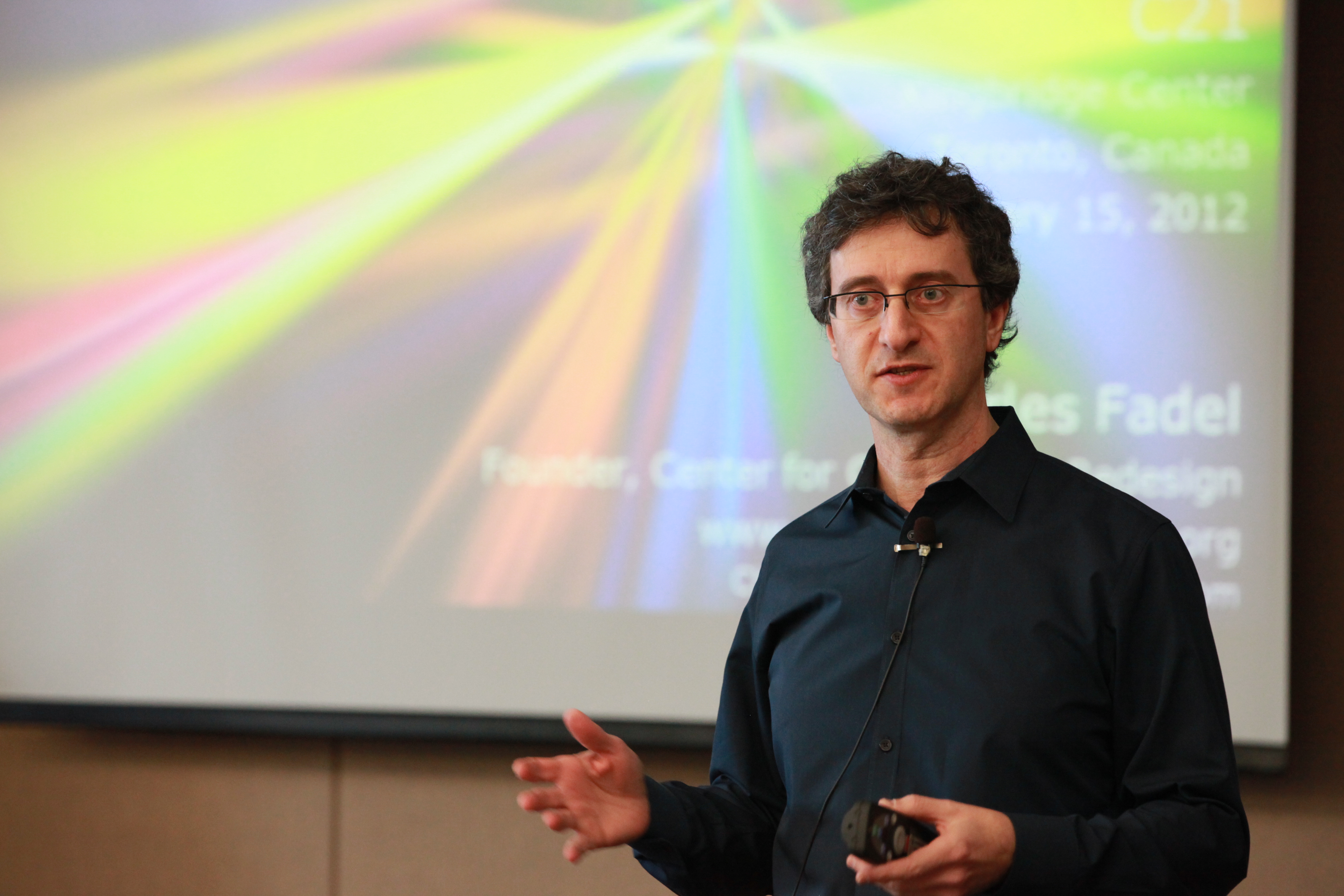
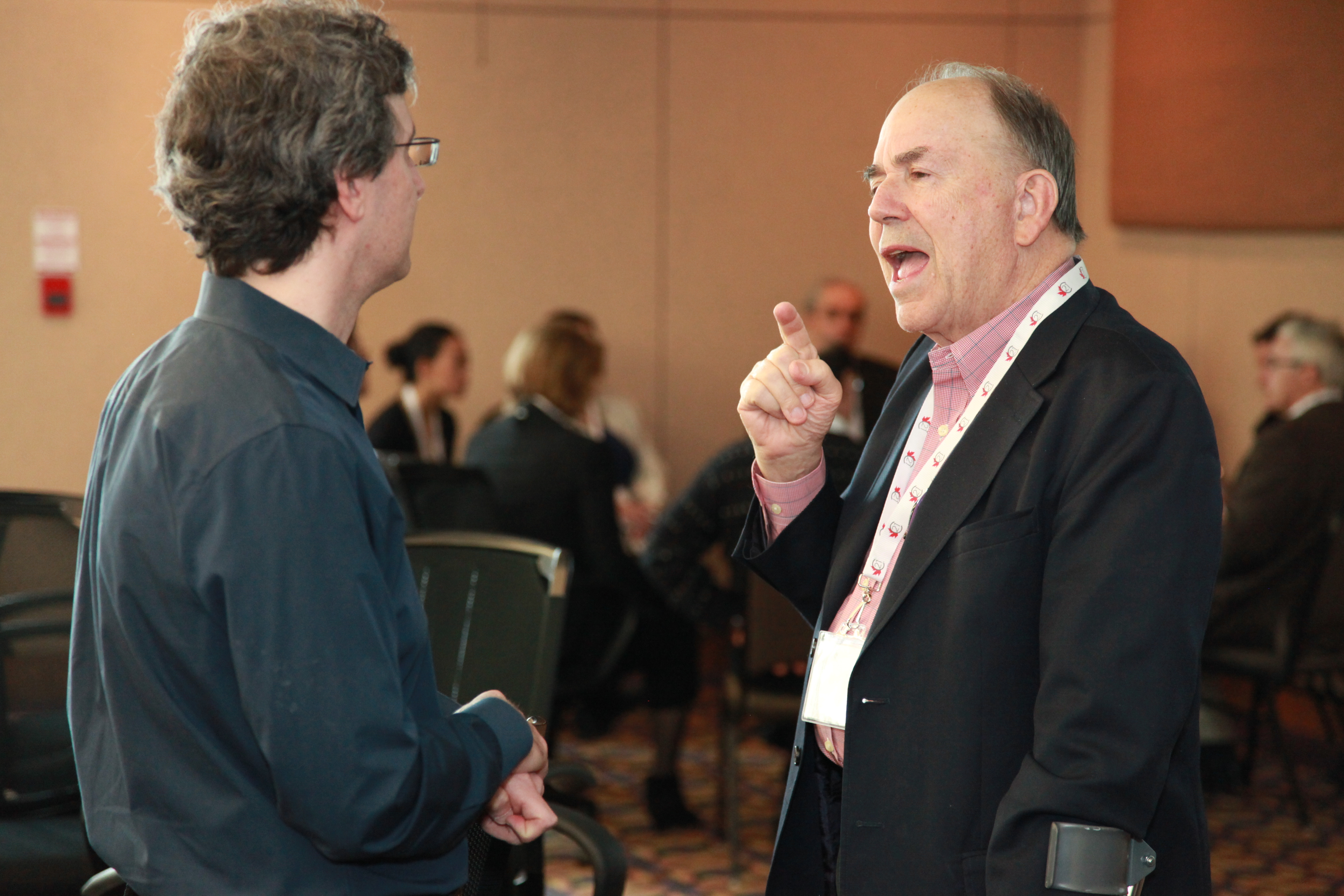
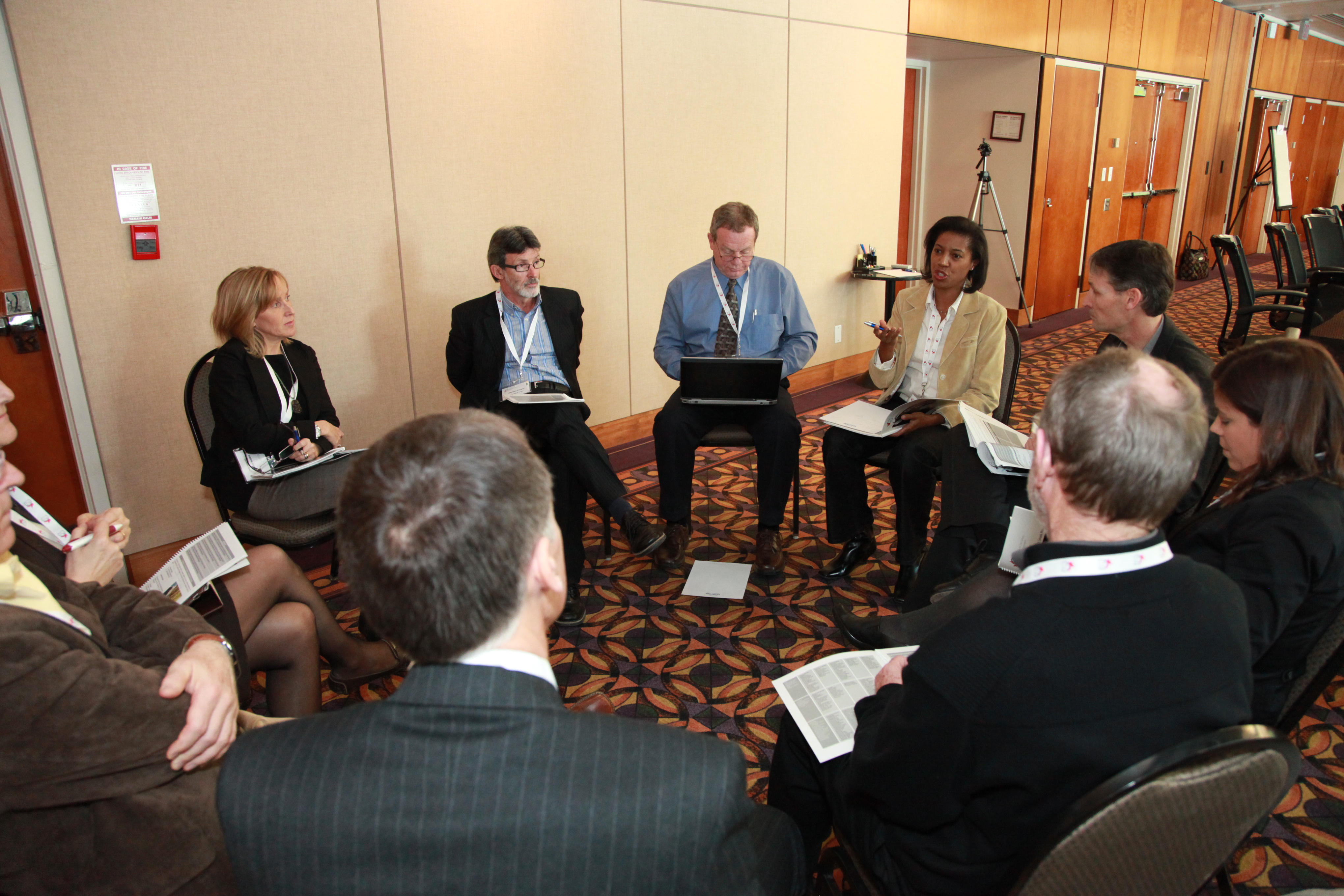
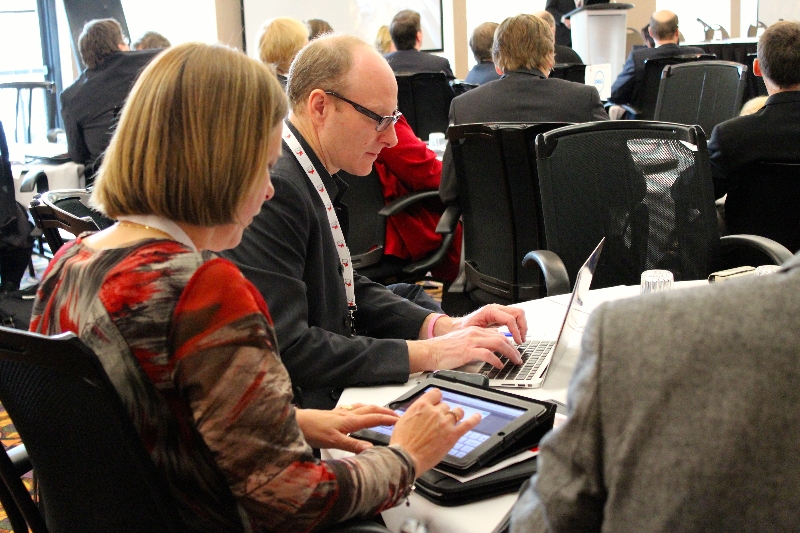
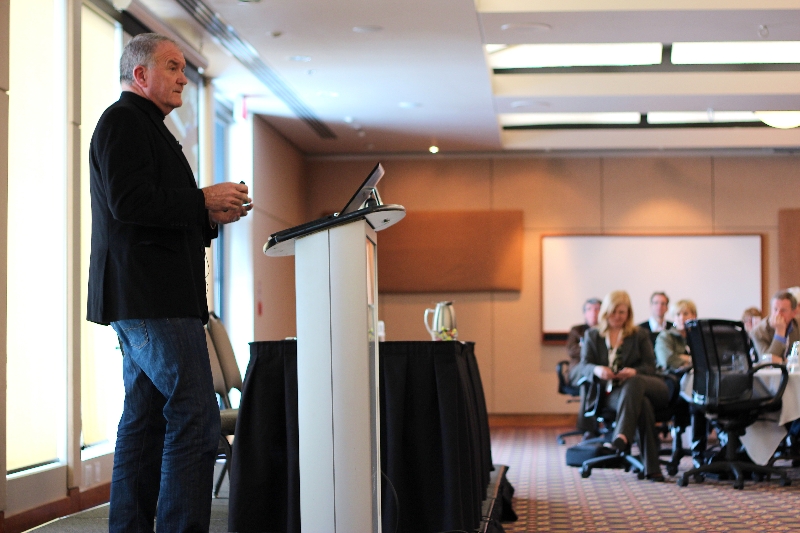

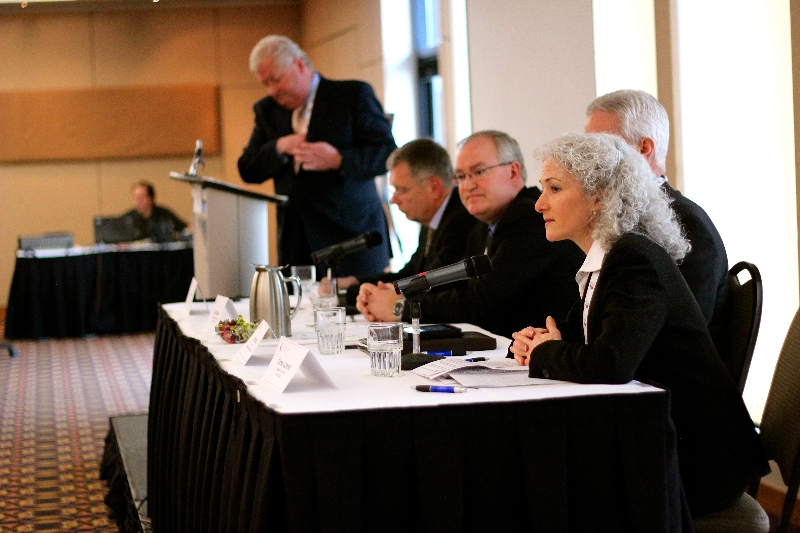
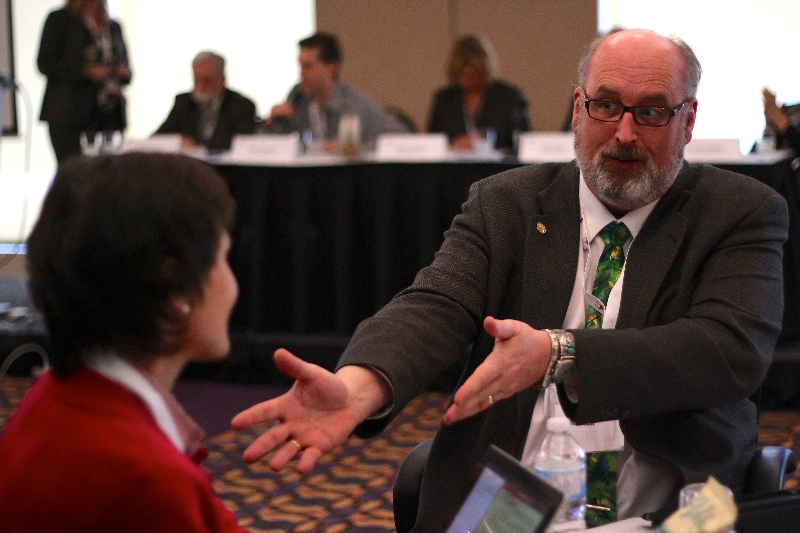
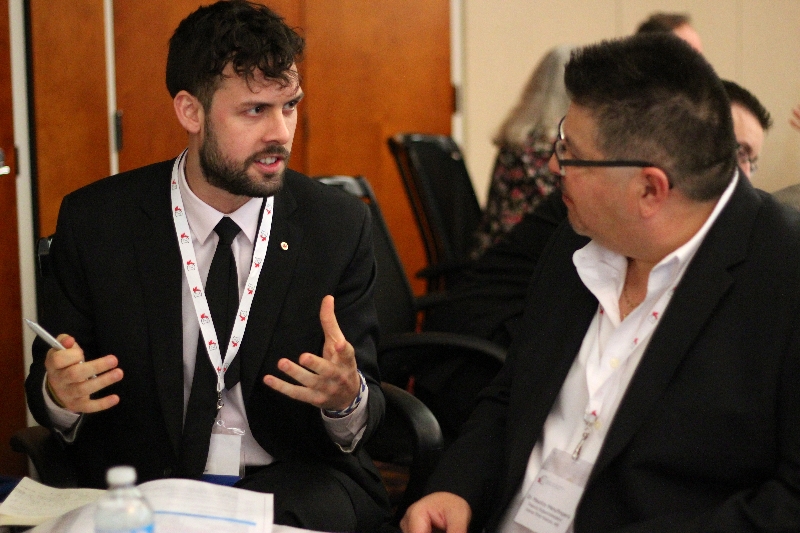
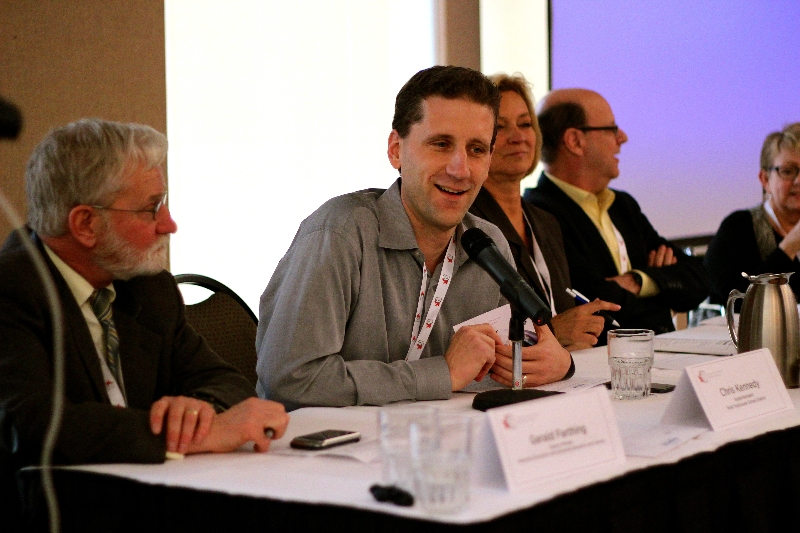

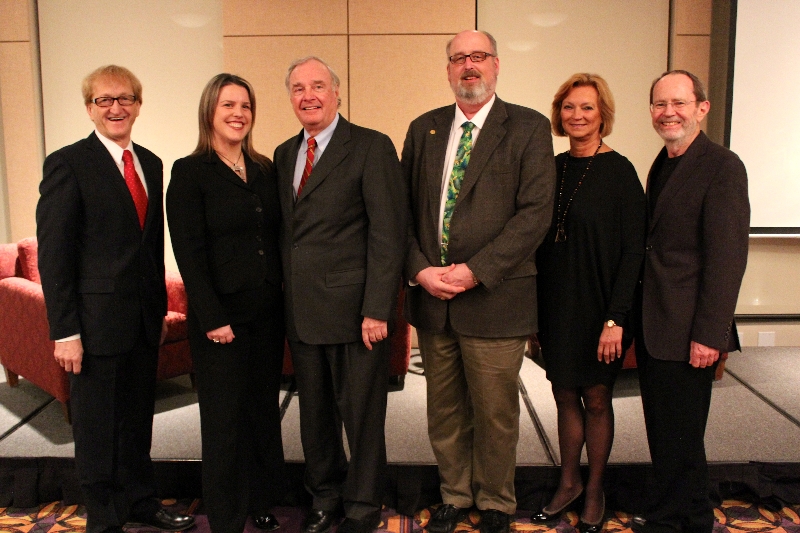
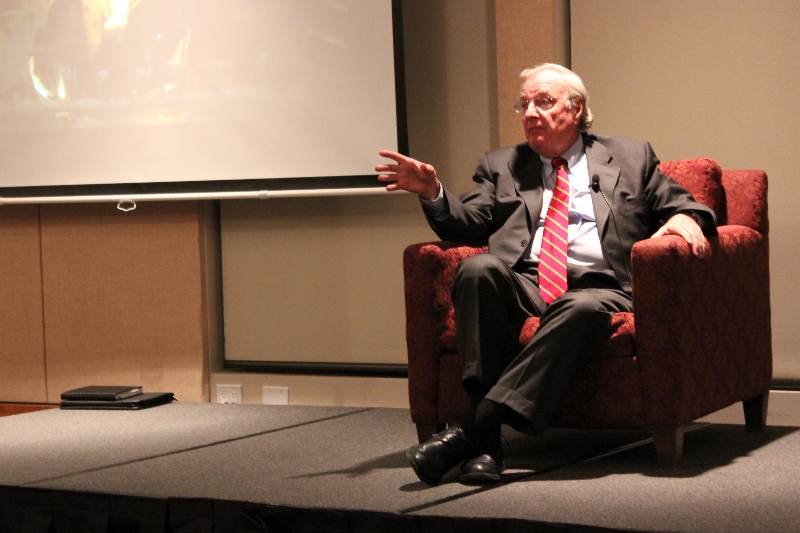
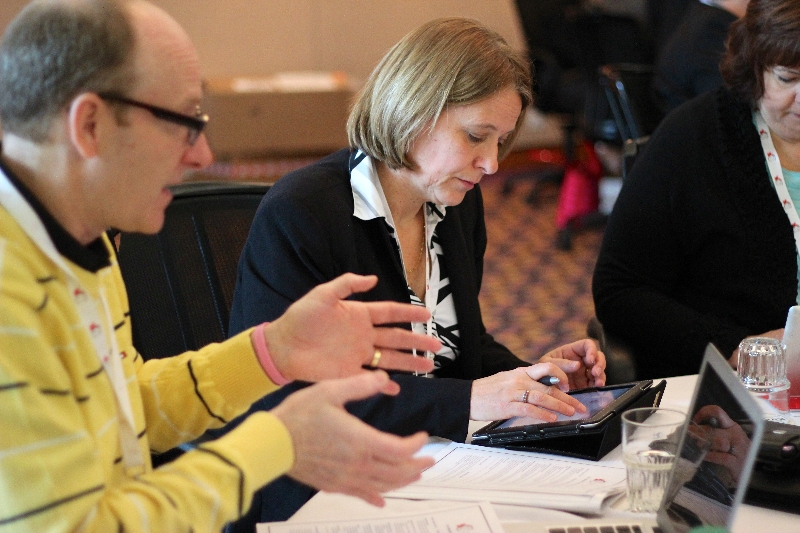
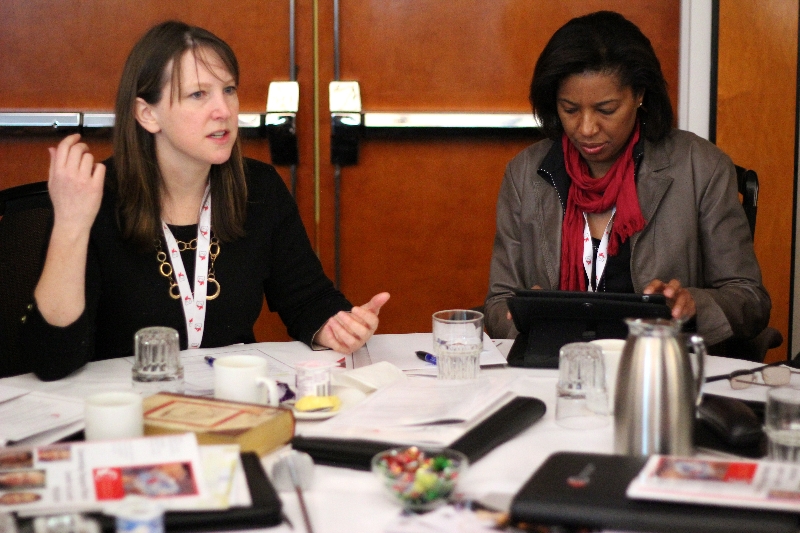
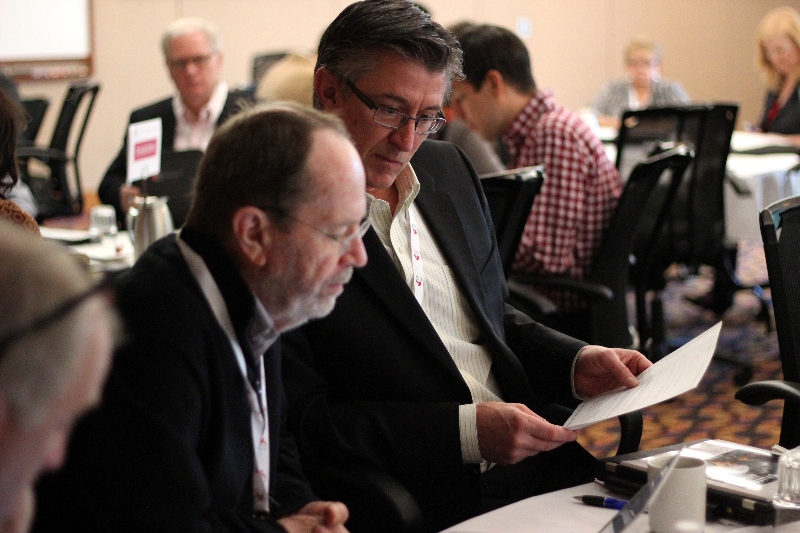
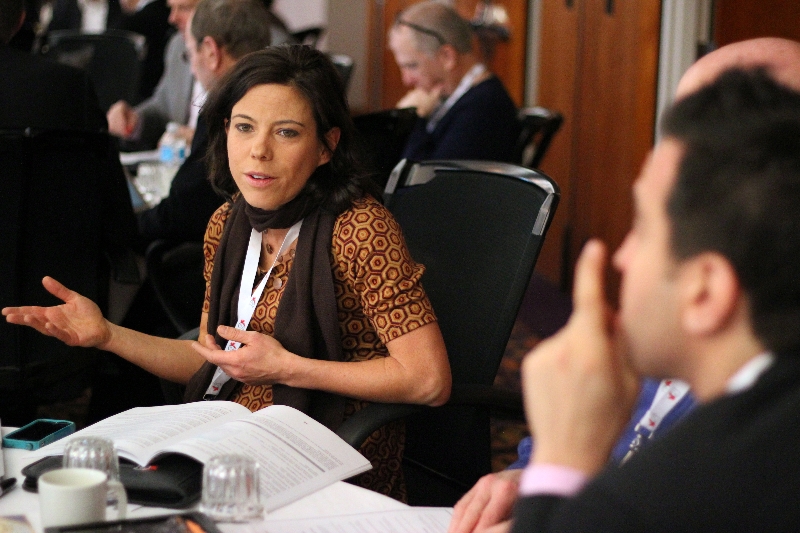

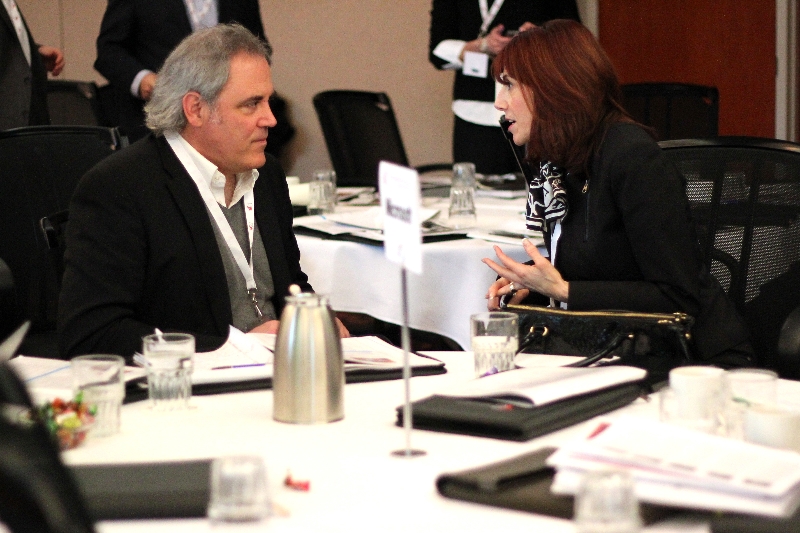


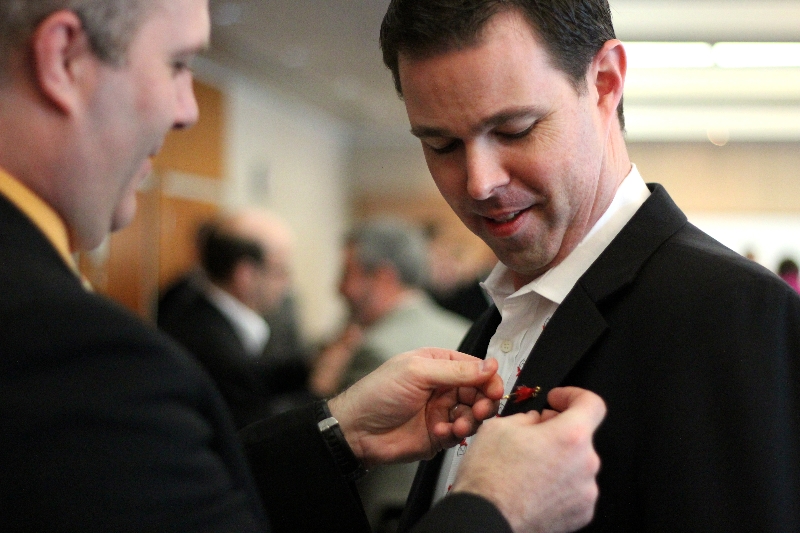
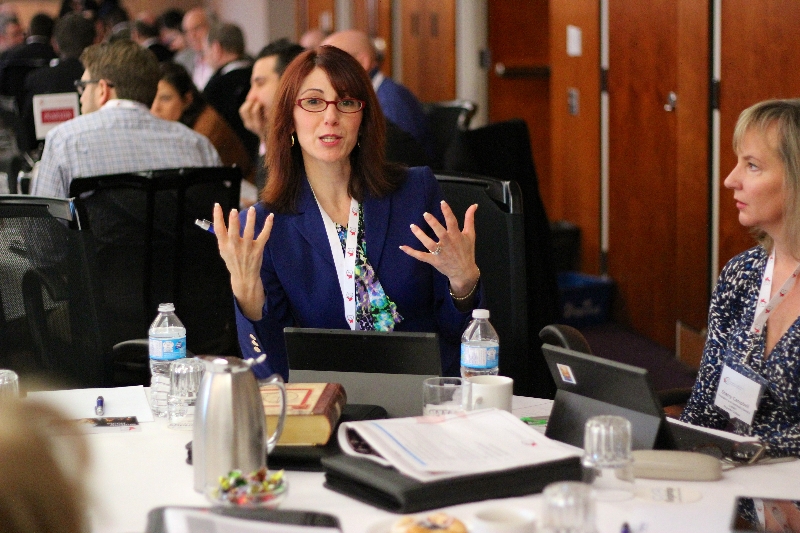
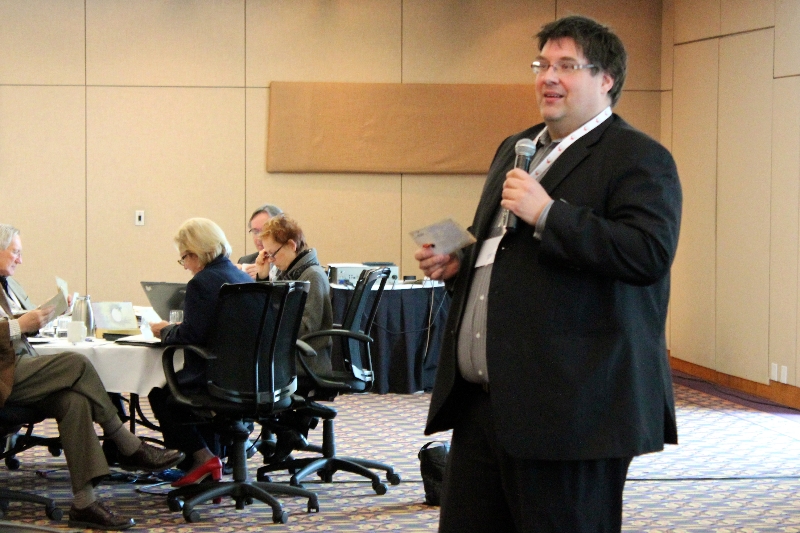
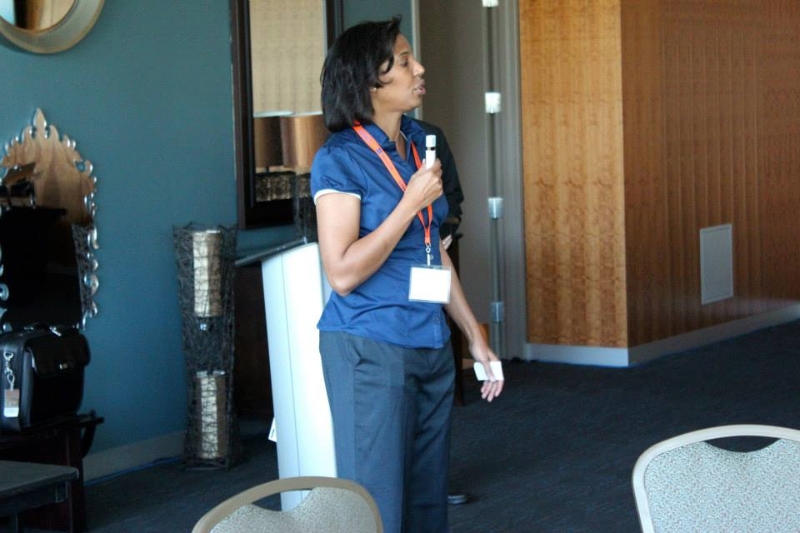
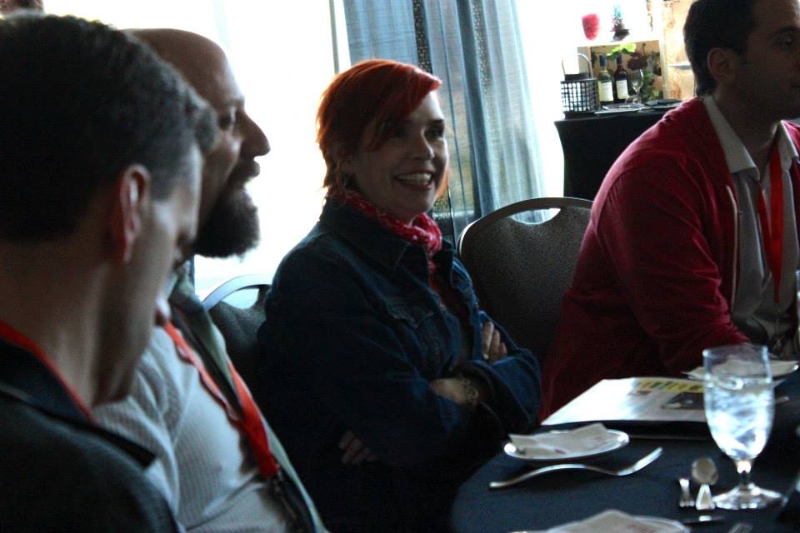
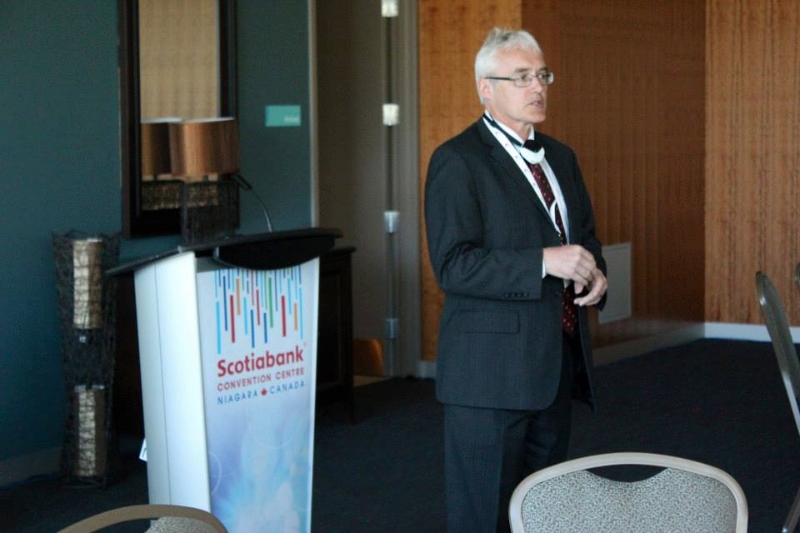
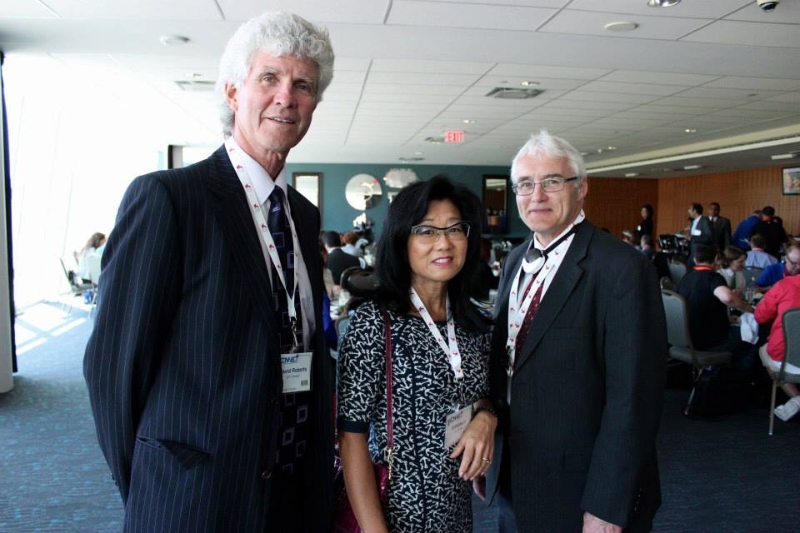
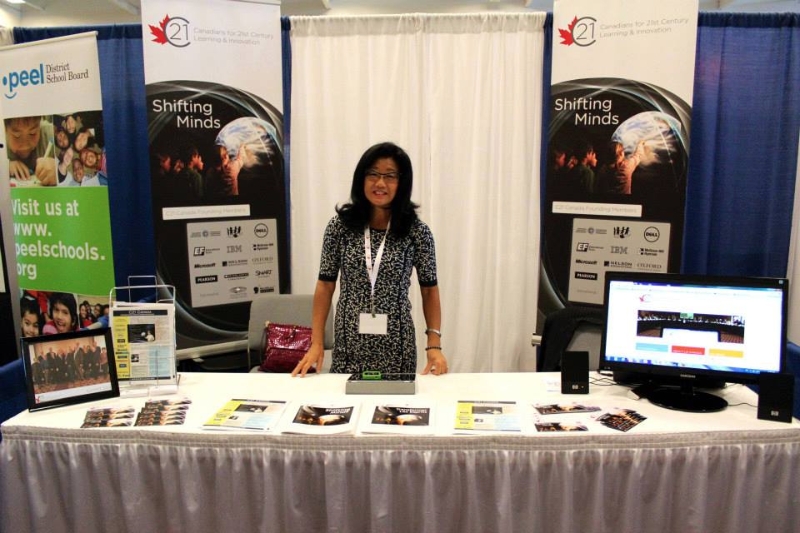

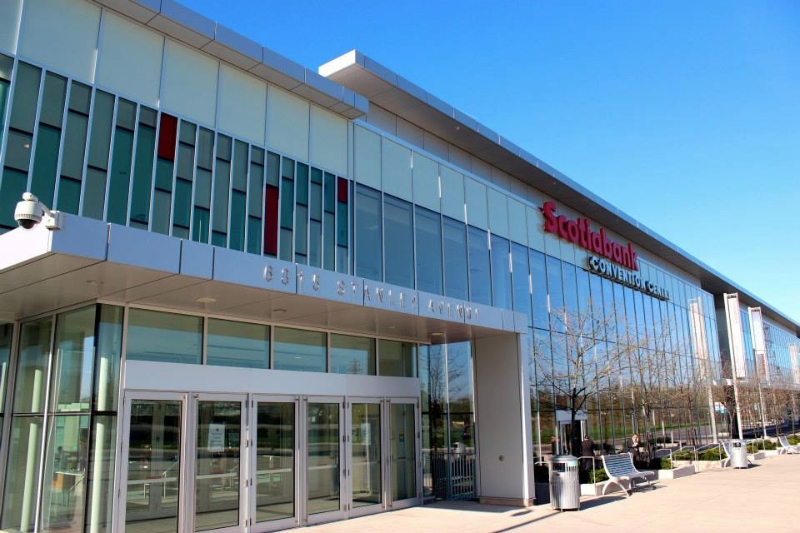
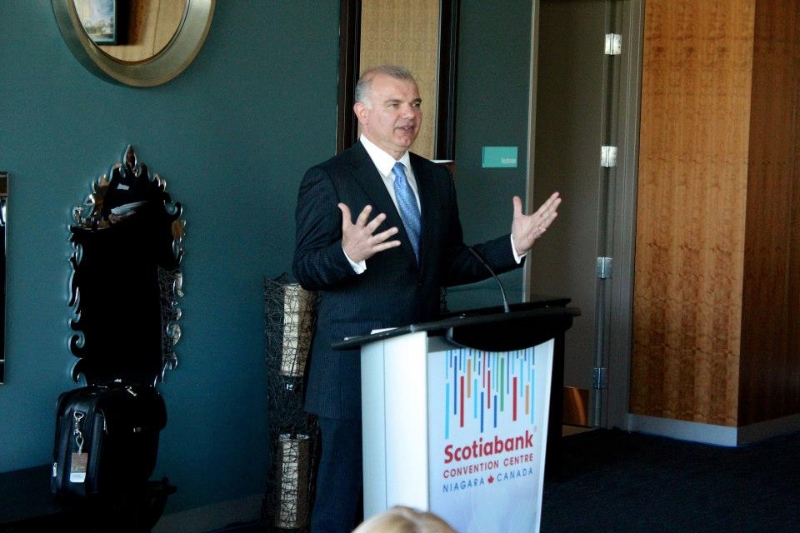


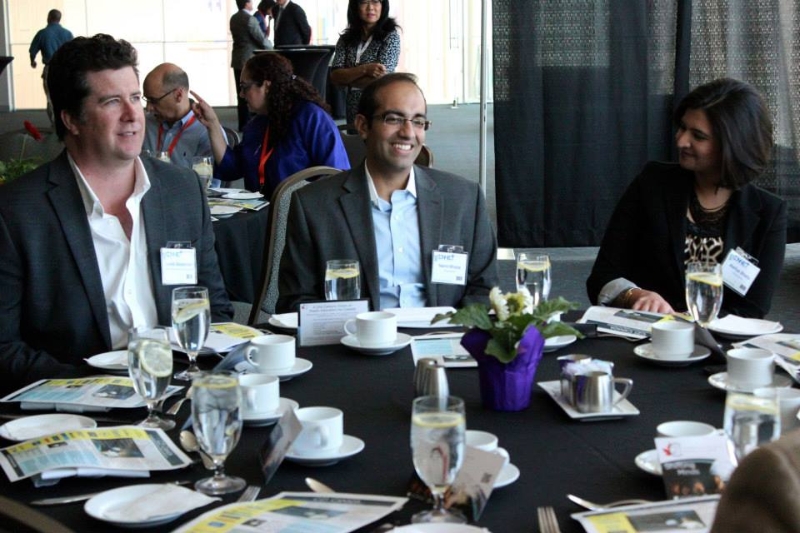

I teach in a 1 to 1 pilot high school (Dakota Collegiate, Winnipeg, MB, Louis Riel School Division). I had the pleasure of meeting John Kershaw at emerge 2010 in Banff, and I had a classroom visit from board member John Steele of Dell this year also.
What a great document you’ve put together with C21 Canada’s Shifting Minds. I’ll be going through it in detail over the next few weeks, and then trying to figure out how to include it in our professional discussions at Dakota as well.
In looking through your site so far I have not noticed anyone who is obviously a Western Canadian. My three top votes are for Dean Shareski, Alec Couros, and George Siemens. Giants, all three of them.
Please let me know well in advance if you set up any sort of national convention for Canadian Educators (I’m imagining something like a mini-ISTE). I’d like to attend such a conference!
This is an excellent and well balanced framework for 21st century learning and skills in Canada, in my humble opinion.
I have a few things for consideration, as a recent grad my memories of school are still (fairly) fresh.
First of all, we don’t really need to memorize things any more, but we still need teachers to guide us toward learning the best way to problem solve. The question is how to measure that, right? How can you build that into this framework?
If Shifting Mind’s is about re-designing Canada’s school system to position students for success in the “digital era” I’d look towards Sir Ken Robinson’s mantra of fostering creativity in all students. Teachers are in a perfect spot to take on the challenge of unlocking the potential of every student today. Canada definitely needs more leaders, rule-breakers, and problem-solvers.
Our educators absolutely need to start producing students who make, tinker, experiment, collaborate, embrace failure, and question as a way of learning in the 21st century–I think the doc has captured some of these elements. But to really ignite teachers to revolutionize the school system, the message has to be clear and simple.
Finally, schools should be staffed with passionate teachers who are responsible for ensuring students develop these skills.
I’m interested in the formation of the framework and would love to see how it develops!